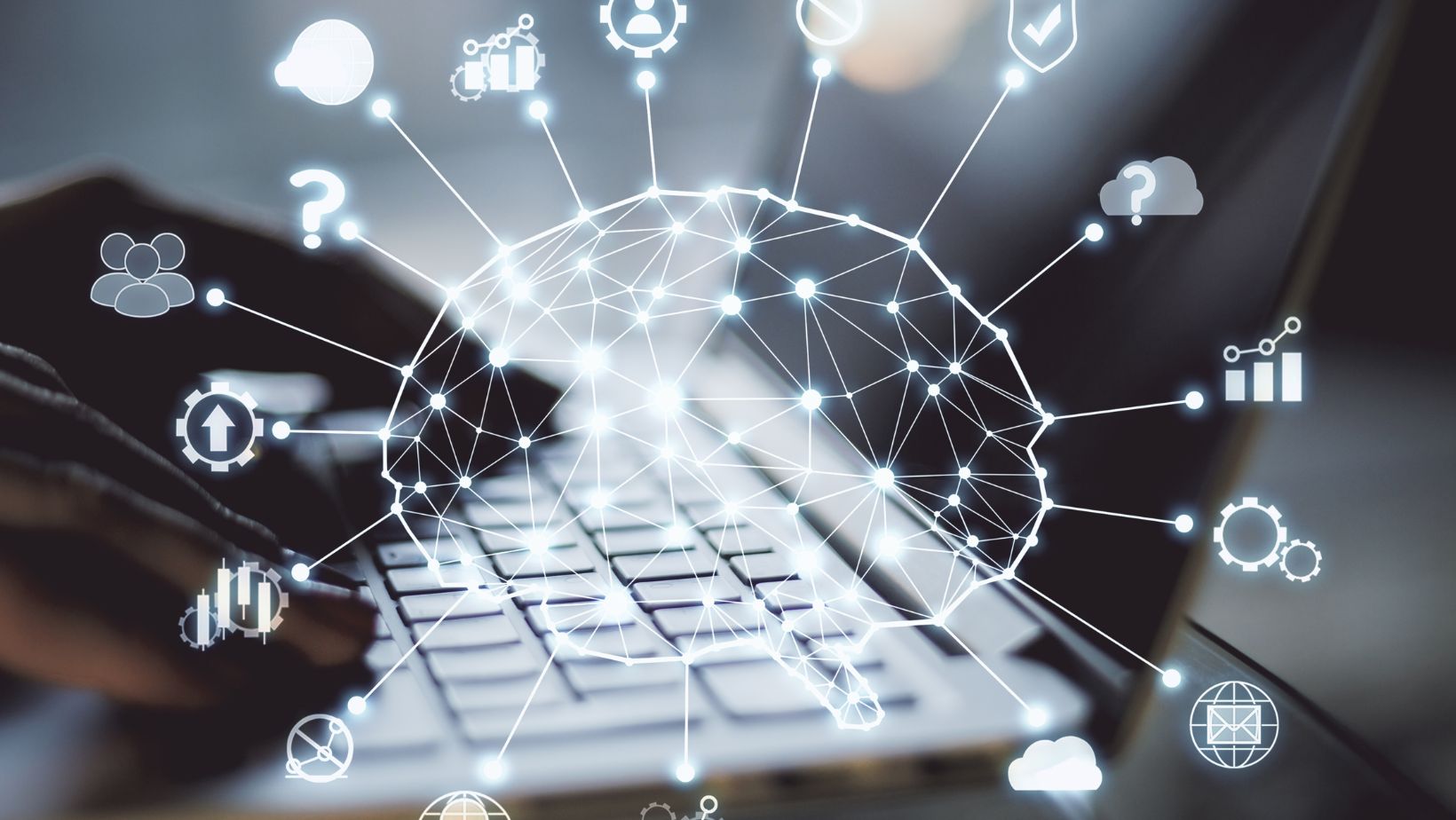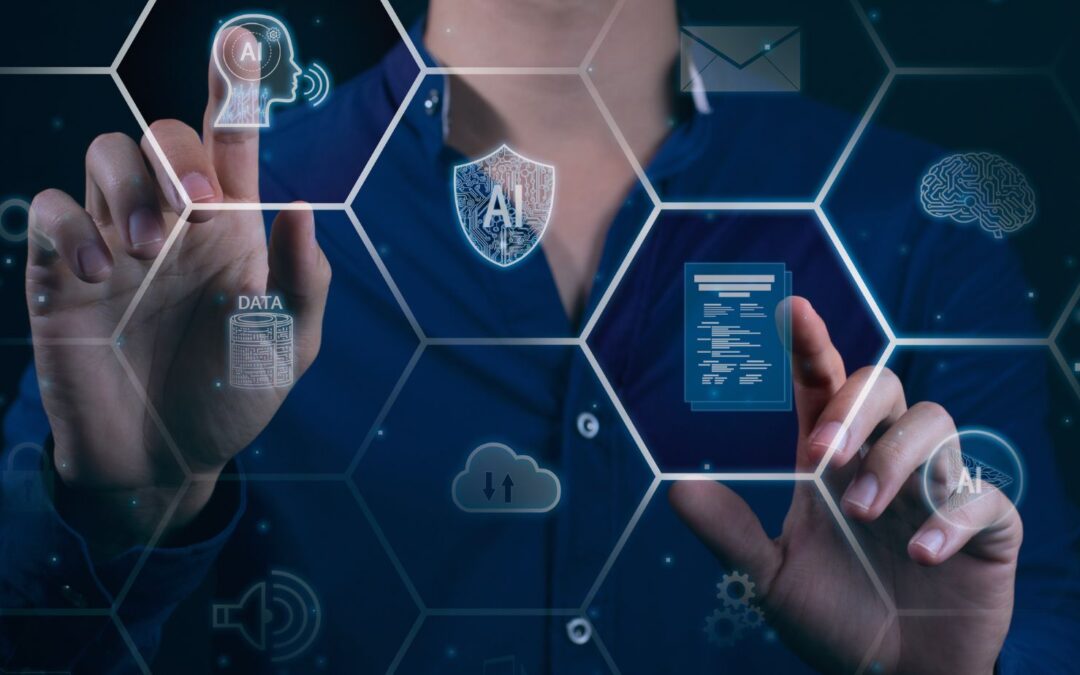Artificial intelligence has been a hot topic in art in the last couple of years, with generative systems shaking up millennia of the status quo. Debates over the merits of AI are still common, with artists overwhelmingly taking one side and big money overwhelmingly taking another. This leaves us with some serious questions about what forms of AI have already been established in creative pursuits, and why we’ve accepted older systems as perfectly valid.
More Strictly Defining AI
The term artificial intelligence in the mainstream tends to be viewed with a science-fiction lens. We see AI as a kind of general intelligence or as something that can complete advanced creative tasks formerly the domain of humans. This represents a misunderstanding of what AI is, as its basis is in a much simpler place than this definition implies.
The simplest explanation of artificial intelligence is that it is any system that allows computers to perform tasks commonly or traditionally associated with human work. These tasks run a spectrum from incredibly basic to overwhelmingly complex, and both can be considered valid examples of AI in action.
A basic level of AI could be illustrated by a program that runs in a database of users in a hospital and sorts them by age. Advanced AI might then appear to quantify other aspects of their health, such as whether they exercise and their diet, and then calculate potential health risks based on this data. Both are AI, and both types of systems are used billions of times a day all over the world.
AI in the Creative Space
AI in arts and creative spaces can be more difficult to imagine, but it’s just as common as in any other software-driven area. If you’ve used a computer program in any part of the artistic process, then you’ve used AI, but again the level of interaction it can have varies wildly.
On the most indirect level, we could have the security processes involved with keeping creative programs safe. Perhaps the most common examples of these revolve around digital casino games, titles that include an enormous amount of creative input. The best online casinos to play for real money protect these games with complex security AI on websites like iWild Casino and My Empire. Whether keeping the various payment methods safe, protecting user accounts, or even just ensuring players can claim the right bonuses, AI-led security appears on every level of the experience. There aren’t any downsides to these systems for legitimate users, so we accept them.
More directly, AI appears within the tools we use to streamline what would otherwise be complicated tasks. A simple smear tool uses AI to calculate how much of an image should be dragged, and what will be left behind. Automatic cutting and layer selection are also run by AI which discriminates different parts of an image based on color or the values set directly by the user. In these cases, they’re not doing anything we couldn’t do ourselves with enough time, but they vastly expedite the process. Again, nobody is missing out when we use these systems and no harm occurs, so we accept the use within the creative process with open arms.
The Length of Step
At its core, we accept more limited tools because of what they let us do. If it’s not generative, it’s just making what we do faster. We could smear everything pixel by pixel, and we could clip out layers and move them about manually, but this is all work for no real benefit. In other words, the steps here are small, but they’re basic, so we accept the AI tools as helping streamline an existing vision into life.

Generative AI, as we see it, often oversteps the line of tools and ignores vision in favor of easy answers. It’s kind of a mock-up without the insight, while at the same time taking its output from thousands of non-consenting artists. It’s plagiarism with extra steps, which for anyone who takes their art seriously is a no-go zone.
A Permanent Separation
As generative and traditional AI tools continue to evolve, there will no doubt continue debate over what’s okay to use and what’s not. For creatives, this will create a separation between purists and whatever term we end up giving to generative enthusiasts, in a battle that we really can’t see ever ending.
The challenges of modern AI and the conversation it will create around existing AI tools is going to be a complex and ongoing issue, and short of regulation, it’s going to cause problems everywhere it appears. It’s a discussion with a great deal of subtlety, but for anyone who builds their hobby or career on the arts, it’s one we’re going to have for the rest of our lives.

